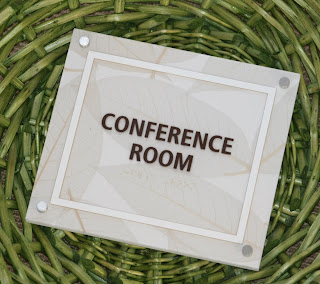Poblocki Sign Company in West Allis, WI has embraced the environmental movement with open arms. Poblocki has taken a holistic approach to green by integrating environmental practices throughout their entire organization.
In an effort to lead by example, Poblocki is working on gaining LEED Silver certification for their manufacturing facility as well as employing two of their team member to become LEED Accredited Professionals (LEED AP).
Look for the complete product line of Poblocki Sustainable Signage soon. CLICK HERE for more information.











